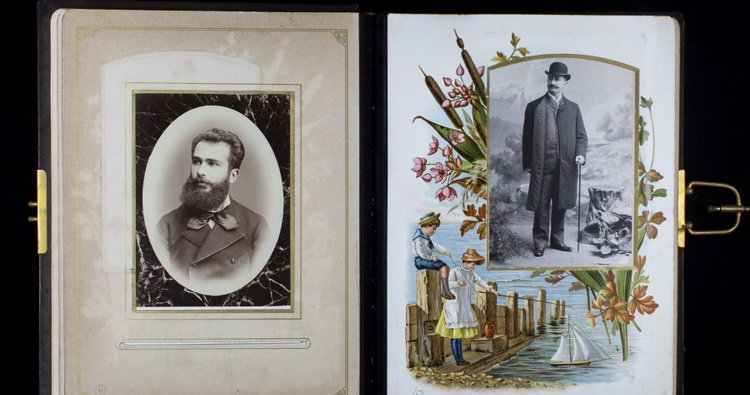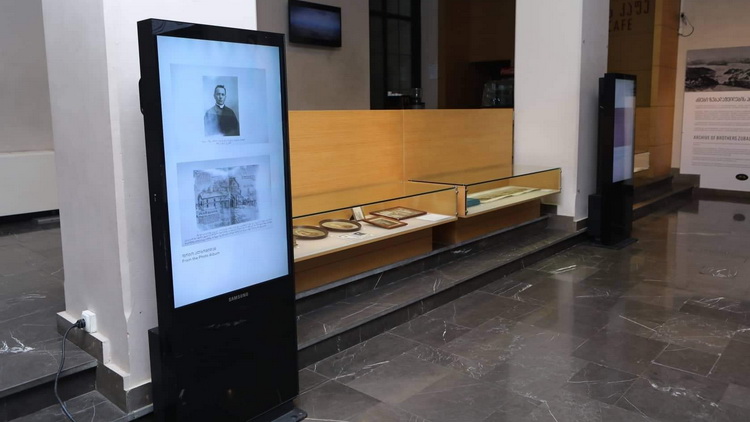History of philanthropist Zubalashvili Brothers in Tbilisi display

The display celebrates the legacy of the family known for entrepreneurial work and charity. Photo: Georgian National Museum.
A collection of historical notes and material on the Zubalashvili brothers — Georgian entrepreneurs and philanthropists — has gone on display at the Museum of Georgia in Tbilisi earlier today.
Opening for the public in the year when Georgia celebrates its centenary of the First Democratic Republic, the exhibition highlights the family whose legacy is still visible across the country.
A release by the Georgian National Museum network said the show presents historical notes on the family’s charitable work throughout different eras.
Descendants of the family donated a rich collection of the historical notes and exhibits to the GNM earlier this year:
Exhibits include information on their financial support of public ventures and organisations including the 1879-1923 Society for Spreading Literacy Among Georgians as well as the 19th century Iveria newspaper and Jejili magazine.
Visitors will also learn about scholarships launched by the Zubalashvilis which enabled Georgian students to receive education in Imperial Russia and Europe.
Beneficiaries of the scholarships included Shalva Amirejibi, later a poet and public figure, and Pavle Ingorokva, who became a literary critic and historian.
Selected photographs by Dmitri Yermakov, known for his late 19th century depictions of the Caucasus peoples, show construction of historical venues including the Tbilisi Public House and Tbilisi State University, launched with support of the philanthropist family.

Historical notes and photographs illustrating the life and work of Zubalashvilis are presented at the Tbilisi museum. Photo: TBC.
Exhibition materials were donated to the GNM by descendants of the Zubalashvilis and encompass exhibits previously preserved during their residence in France and Switzerland over the last 114 years.
Initial archival notes on the family date back to the 1680s and span four centuries of entrepreneurship used for public benefit.
Involved in oil production as well as other fields, their work resulted in construction of public venues including today’s Kote Marjanishvili State Drama Theatre building and the Tbilisi State Conservatoire.
Other buildings and venues erected with their support include the Roman Catholic Cathedral in the Black Sea city of Batumi, and the Gymnasium for Noble Families.

The display will host the public over the next two weeks. Photo: TBC.
The family also financed opening of the first pediatric hospital in Georgia’s capital as well as a caring home for elder people.
Four brothers of the family, involved in charitable work in the 19th and 20th centuries — Iakob, Levan, Petre and Stepane — were elected as honorary members of the Society for Spreading Literacy Among Georgians in 1906.
They were also chosen as honorary citizens of Tbilisi in 1912, before having to leave the country into emigration, following its Soviet takeover in 1921.
The opening of the exhibition at the Museum of Georgia involved descendants of the family, who travelled to Georgia to take part in the occasion.
Located on 3, Shota Rustaveli Avenue, the museum will host the display between November 1-15.
 Tweet
Tweet  Share
Share